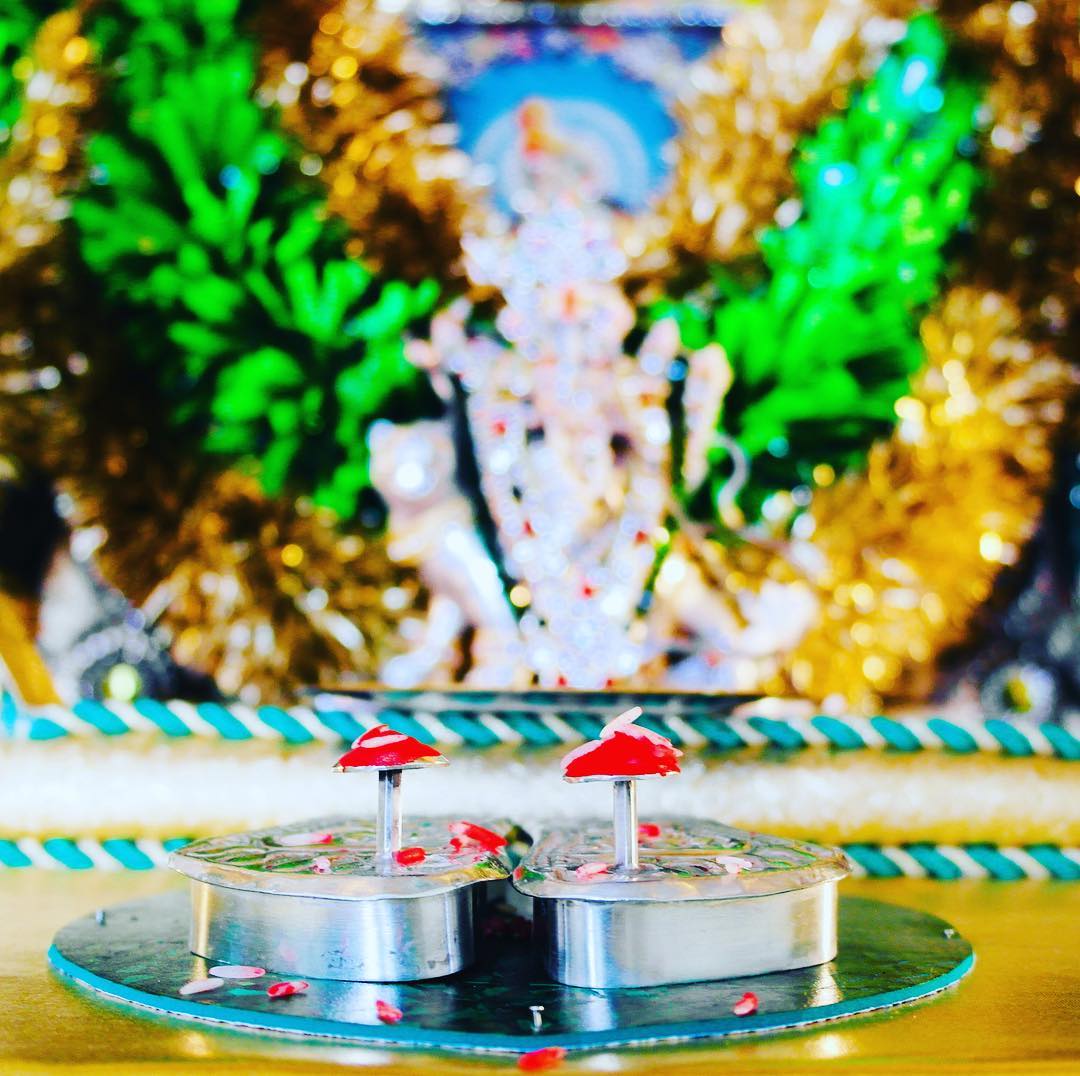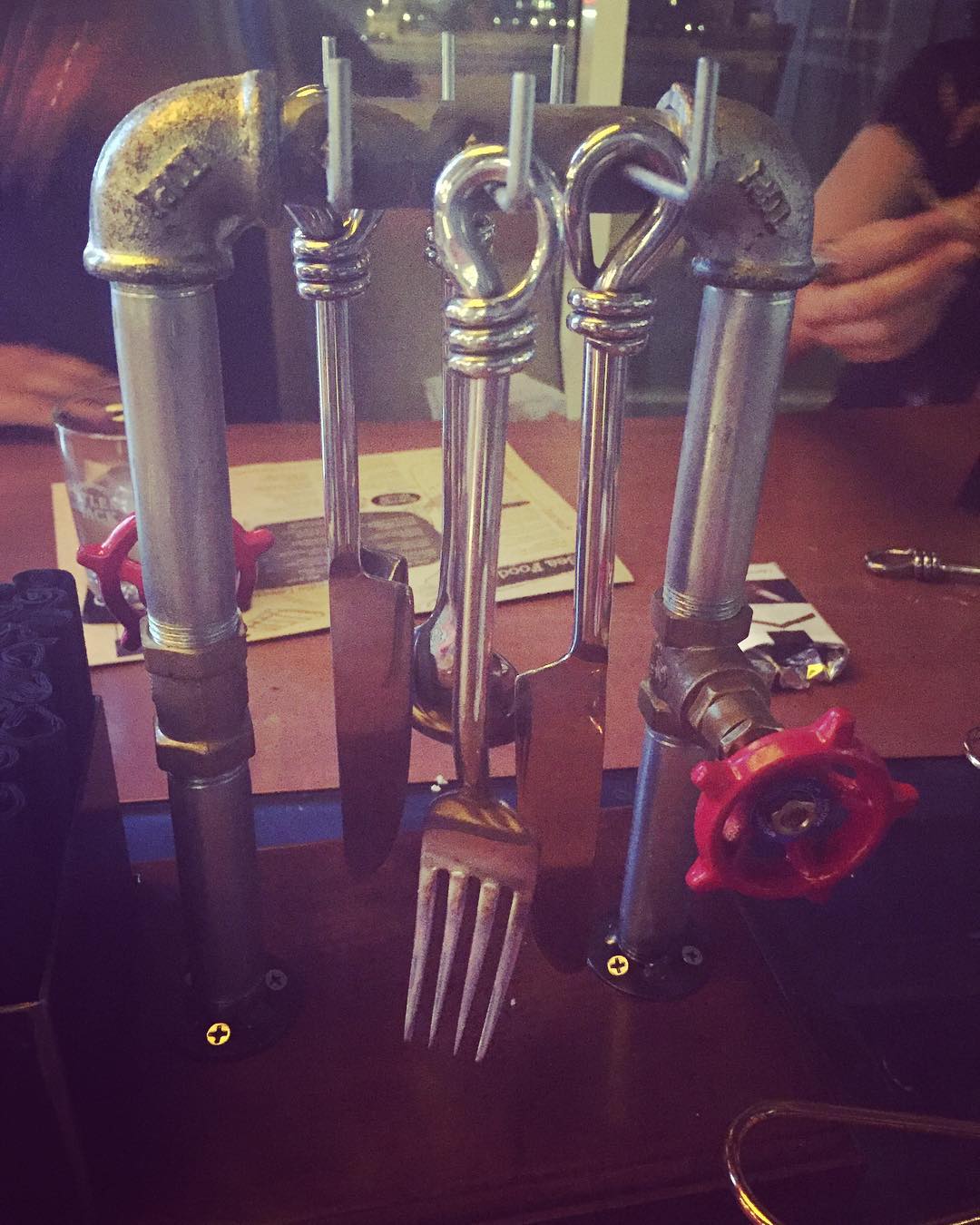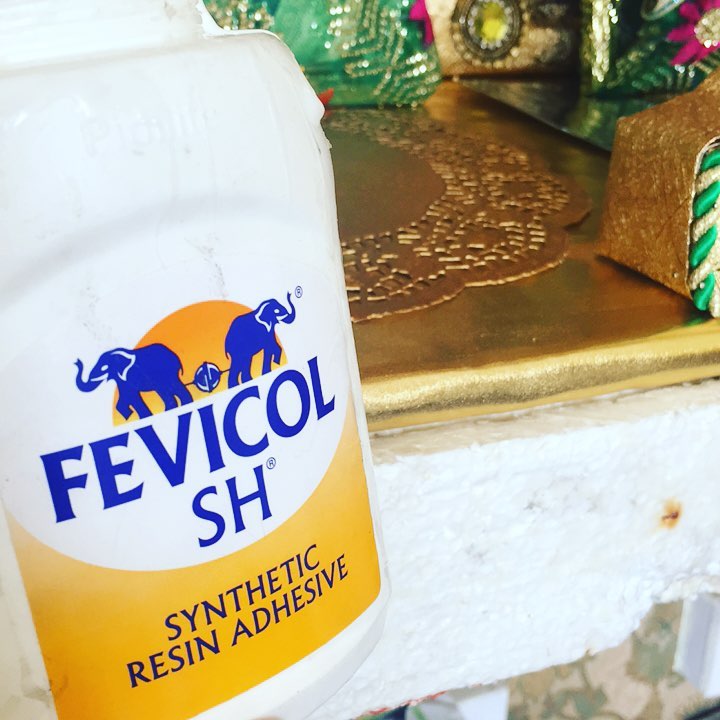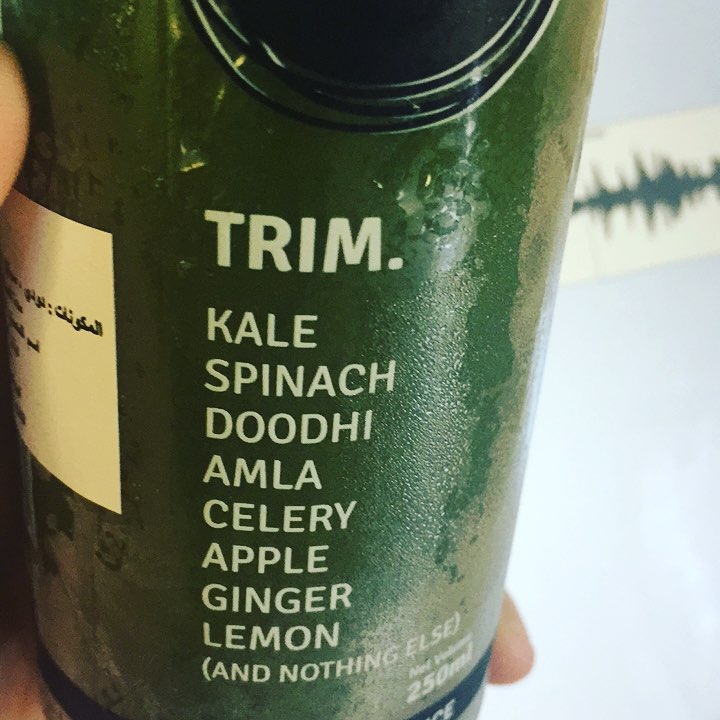My favourite time of the year. #navratri

My favourite time of the year. #navratri

I’d enjoy having this at my dinner table. #designNerd #friyay #spoons #forks #interiordesign #outAndAbout #friday #cantStop #wontStop #nacho

Chipkale fevicol se. #workInProgress #navratri #glue #holdittogether #artsy #artsandcrafts #bollywood

[embed]play.radiopublic.com/drishti-t…[/embed]
Special guest Bhushan Shah returns to the show to talk nuclear power in energy, why we’re faltering on our targets set in 1950 and the mysterious deaths of nuclear scientists. We also follow up on the end of the Doklam standoff with China.
Full show notes and links to subscribe in your favourite podcast player are available on our podcast homepage.
Cold pressed juices all the way from Mumbai! #healthy #coldpressedjuice #kale #doodhi #amla #vitaminc #raw #vegan #delicious #breakfast #howmanytagsistoomany

: Secularism, with Dimple Kaul
On the latest episode of Drishti talk, we discuss the “most misunderstood, misinterpreted, misused and abused” word in India—secularism, with Dimple Kaul, author of ‘Soul Call Of Love and More!’.
[embed]play.radiopublic.com/drishti-t…[/embed]
Full show notes and links to subscribe in your favourite podcast player are available on our new podcast homepage.
Abhimanyu Ghoshal, writing for The Next Web:
…it’s [sic] latest stunt is perhaps the most audacious to date: blocking the Internet Archive.
Leaving out the cold opening to paint a picture, the problem with the piece is here:
It’s possible that the block is an effort to prevent web users in the country from viewing these documents, including one that lists a number of private companies tasked with seeding and verifying Aadhaar data. It might also be the result of a court order that has nothing to do with censorship — but at this point, there’s no way to know for certain.
Good thing he gave himself an out considering couldn’t resist throwing around a grand total of one speculation — about Aadhaar. As Medianama — the site he references — points out in a separate piece:
The orders came following cases filed by Red Chillies Entertainment and Prakash Jha Productions, who filed motions for the block to protect their films, “Jab Harry Met Sejal” and “Lipstick Under My Burkha” respectively. 2,650 URLs were blocked as a part of the order: the exact same list of sites was used by the both the plaintiffs.
What is impressive is that Medianama updated the original piece with 2 different updates to include comments from the Internet Archive, but chose not to add an Update 3, or linking to its separate piece on the actual reasons and the Court orders.
For those curious about what happened, the Court order seems to be in effect for a period of one week.
We’ve got a new podcast episode covering recent developments between India and China — specifically, the Doklam standoff and the Belt & Road Initiative:
[embed][play.radiopublic.com/drishti-t...](https://play.radiopublic.com/drishti-talk-WDppjE/ep/s1!3205d64b7e578b3cf7151e16fb9fb271d3cb46c6)[/embed]If this is something you find interesting, you can find our previous episodes. You’ll also find subscribe links and our Patreon page if you’d like to support us.
On this week’s episode of Drishti talk, we discuss the recent developments between India and China—the Doklam standoff and India’ s objections to the Belt & Road Initiative/OBOR:
[embed][play.radiopublic.com/drishti-t...](https://play.radiopublic.com/drishti-talk-WDppjE/ep/s1!3205d64b7e578b3cf7151e16fb9fb271d3cb46c6)[/embed]You can also subscribe in a podcast player of your choice using our subscribe links or using our RSS feed.

l grew 102%Finished steel production (for sale) saw over 10% growth year-on-year in FY2016–17 at 100.74 million tonnes (mt), while crude steel production grew 8.5% to finish at 97.44 mt. This is in stark contrast to the YoY growth in FY2015–16 which sat at –1.3% and 0.9% respectively.

The trend seems to be continuing into the current financial year, with the provisional growth numbers for FY2017–18 until the month of May showing a 6.4% rise in production compared to the same time last fiscal for finished steel, while crude steel is up 4.8%.
ts
Domestic steel consumption grew 2.4 during FY2016–17 against the 10% growth in production. In turn, India’s steel exports grew 102% to reach 8.24 mt as compared to a 27% decline in FY2015–16. The top 10 countries exported to account for more 73% of India’s export during the last year.
Exports made up nearly 10% of all production

A further analysis of export data showed a significant change in export trend—8 out of the top 10 countries by growth in FY2016–17 saw a negative growth of exports just the previous year, while the remaining two saw grow rates above 200%.
The top 3 countries by growth are all in India’s eastern neighbourhood—Vietnam, Malaysia and Taiwan.

y
In 2015, the Central Government extended the anti-dumping duty on stainless steel products — instituted in April 2014 — by five years. The duty is based on the margin of dumping and affects the following countries:
A review of this duty was recently concluded found that while dumping has continued, the net volume has declined since 2014. The Government has decided that the duty will not be revoked in light of this effect and the expected negative impact of such revokation on the domestic steel industry.
Consumer inflation in June cooled to a new record-low of 1.54 per cent, driven by a drop in food and oil prices, government data showed on Wednesday. In May consumer price inflation stood at 2.18 per cent, which was also a record low.
This follows a consistent decline in inflation rates since 2014, and record decreases since the start of January 2017.

Unique Identification Authority of India (UIDAI) CEO Ajay Bhushan Pandey has written to the states asking them to identify centres within government premises for enrolment and updation activities by July 31.
Great. I had hoped for this in my initial Aadhaar notes now that Aadhaar enrolment has crossed 95%.
UIDAI has said the process of shifting enrolment operations to such centres should be completed by August 31, 2017
With the press of a button at midnight in Parliament’s Central Hall, India switched to GST, the single biggest tax reform undertaken by the country in 70 years of independence.
Hello to the GST era.
The Central Board of Excise & Customs (CBEC) has published a lengthy FAQ published here, along with a compilation of various questions asked over their dedicated Twitter handle here.
https://www.cbec.gov.in/resources//htdocs-cbec/gst/new-faq-on-gst-second-edition.pdf[embed]play.radiopublic.com/d89e951b-…[/embed]
Special guest and Civil Services aspirant Bhushan Shah returns to the show to talk about the Presidential race and the farmer loan waiver epidemic across the country. But first, a shoutout to everyone who witnessed the Emergency—a sorded reminder of how bad things can be without our powerful democracy.
The number of passengers carried by domestic airlines in the current calendar year registered a 17.63% growth compared to the same period in 2016¹.
4.66 crore passengers have taken domestic flights this year, compared to 3.96 crore.

Following a dip between January and February, total domestic passengers consistently grew for the remaining 4 months of the year. May saw a little over 1 crore domestic travelers, the highest this year.


Indigo currently holds the largest market share crossing 40% of total passengers up to May, followed by Jet at 17.9% and Air India at 13.3% of total passengers.
Airline traffic saw a similar trend as overall passenger traffic, dipping in February across all airlines before picking up during the remaining months of the year.
In the current year, 716 complaints have been registered across various airlines. Despite the largest volume share, Indigo has significantly fewer complaints registered (109, at a complaints/10000 ratio of 0.58) compared to Air India (245, 3.95) and the Jet group (231, 2.77).
Indigo also led in terms of on-time performance, with an OTP of 85% of flights at the four major metros (Bangalore, Delhi, Hyderabad and Mumbai). SpiceJet is a close second at 82.4% while Air India ranks fourth at 77.8%.
A majority of the delays among the four metro cities seem to have occurred at Mumbai Domestic Airport.

In 2016, baggage earned the largest share of complaints (28%) during the same period, Customer Service took this title in 2017 (27.8%). Refunds saw a good reduction in complaints, down to 2.7% of total complaints compared to 6.2% in 2016. Flight problems, baggage and customer service continue to be the top 3 reasons for complaints by quite a margin.
A total of 2,267 passengers have been denied boarding this year, leading to compensations worth ₹1.37cr. 19,175 passengers experienced flight cancellations (₹55 lakhs) while 91,213 suffered delays (₹89 lakhs).
¹ All data as per data provided by the Ministry of Civil Aviation

Bihar Governor Shri Ram Nath Kovind, 71, will be NDA’s Presidential Candidate for the upcoming presidential polls in July.
Kovind was formerly elected to Rajya Sabha from Uttar Pradesh where he served two terms from 1994–2006, head of BJP’s Dalit Morcha from 1998–2002, and Union Government Advocate in the Delhi High Court (1977–79), Advocate-on-record of the Supreme Court (1978) and Union Government Standing Counsel in the Supreme Court (1980–93).
Kovind was governor of Bihar starting August 2015 until he resigned June 20. West Bengal Governor Shri Keshari Nath Tripathi takes additional charge of Bihar until a full-time governor is appointed.
Telangana CM and TRS Chief KC Rao, BJD and Odisha CM Naveen Patnaik have extended their support to the candidature.
See our podcast on the President elections:
[embed][talk.ekdrishti.in/e/3548a27...](http://talk.ekdrishti.in/e/3548a272b78440/)[/embed][embed]play.radiopublic.com/d89e951b-…[/embed]
Special guest Girish Alva joins me on the show to talk about the new Rules under the Prevention of Cruelty to Animals Act, the slaughter of a calf in Kerala in protest and the #GiveUpAMeal campaign.
Links:
Numerous pieces have been surfacing over the last few days discussing the impacts of the Government’s new Prevention of Cruelty to Animals Rules, notified on May 23.
Harish Damodaran, writing for the Indian Express:
In short, it restricts the scope of “animal markets” only to trading of cattle “bought for agricultural purposes and not for slaughter”.
I’d rephrase this. The scope of “animal markets” covers trading of all animals, with the restriction that cattle trading within the markets should be for agricultural purposes only.
The underlying objective, it seems, is to segregate milch/agricultural purpose bovines from those intended for slaughter.
I’d argue that the underlying objective is the Prevention of Cruelty to Animals. Yes, it also does specify that cattle within the animal markets is limited to agricultural purposes only but making the objective of the entire set of rules on one provision paints a lopsided picture.
This piece also glosses over numerous items that are now prohibited in entirety under Section 14, including: hot/cold branding, nose/ear cutting, drenching fluids forcibly or using steroids for purposes other than veterinary treatment, castration, tying nose bags and the like, for all animals. Do these not constitute cruelty to animals?
And even further, we aren’t even discussing environment impacts of slaughter, and particularly unregulated slaughter houses.
We cannot discuss laws without putting them in the right context, and we cannot rule out the cruelty metted to animals while discussing the Act and its Rules.
Referencing the article above, Swarajya Mag adds:
If traceability and hygiene were the drivers of these rules, why have goats been exempted from this; surely those consuming mutton also have the right to get hygienic meat?
The hygiene, storing, moving and other restrictions on ensuring proper treatment to animals in the animal markets apply to all animals. In fact, the only restriction specific to cattle is regarding sale within in the animal market as mentioned above. The rest of the provisions apply to all animals, there’s no ambiguity here. I have no idea where this conclusion came from.
Further:
The Modi government has a huge employment crisis staring at it in the face; having a few million more people unemployed is only going to hurt it more.
Sure there will be short term impacts to employment with the new Rules, but should the decision to pass a law focused on preventing cruelty to animals be based on employment? That’s like saying ‘child trafficking shouldn’t be illegal, sure a few children suffer, but think about everyone that’s employed in the child trafficking business’! Is that how these decisions should be discussed, let alone made?
What these new rules are certainly going to do is increase inspector raj and petty corruption, given the enormous paperwork involved. Illegal trade will flourish. And that will only lead to a step up in the activities of cow vigilantes, who will target even legal transactions. The new rules may have noble intentions behind them, but they may end up doing more harm than good.
Since we’re speculating now, here’s my postulation: cow vigilantism will only increase if people willing to take the law into their hands feel that the Government is not doing enough via legislation to safeguard cows and start taking matters into their own hands, no?
It would be a grave injustice to discuss the new Prevention of Cruelty to Animals Rules without discussing cruelty to animals. There’s a reason people are going from non-vegetarianism to veganism, even without a direct/religious reason to not eat meat: inhumane treatement of animals in production and slaughter facilities. Veganism has estimatedly grown 3.5x in the UK over the last 10 years. Similar estimates say half of vegetarins in the US are vegan, numbering 16 million.
To only focus on issues with jobs, or new paperwork within the rules and gloss over the prohibition of cruel practices, as well as ensuring decent living and trading conditions within animal markets seems morally wrong to me.
The Election Commission of India (ECI) has announced an open challenge to political parties to demonstrate if the Electronic Voting Machines (EVMs) can be tampered on 3 June 2017. The challenge is issued to parties who contested in any of the Punjab, Goa, Manipur, Uttarakhand and Uttar Pradesh elections concluded in March 2017.
More about how EVMs work and the election procedure with respect to EVMs can be found in our previous post.
The salient features of the challenge are:
[embed]play.radiopublic.com/d89e951b-…[/embed]
Special guest and aspiring civil servant Bhushan Shah joins me to talk about labour reforms for the textile industry and we also catch up on the mobile phone tower portal, the newly created employment data task force, health initiatives and Mumbai infrastructure. I also mispronounce meningitis.
Show links & notes:

Union Minister of State (Independent Charge) for Environment, Forest and Climate Change passed away today.
The Centre has decided that the National Flag will fly half-mast in Delhi and all State/UT capitals today and on the day of the funeral.

All NGOs have been given a final opportunity to file their annual returns within 30 days, ending 14 June 2017. No compounding fee will be imposed within this deadline.
Numerous NGOs are under scrutiny for not filing returns from FY2010–11 to FY2014–15. NGOs that do not file returns will not be granted renewal of registration.
https://fcraonline.nic.in/home/PDF_Doc/fc_Notice_12052017_01.pdfSanjay Duttai, reporting for The Times of India
[Energy Efficiency Services Ltd.] now plans to replicate this programme in the U.K and considering a subsidiary to push business. Goyal said it should start with large Indian-owned enterprise.
[…]
EESL targets to replace 1 million inefficient lamps with LED bulbs in the U.K. initially, covering 10 million households.
The economies of scale coupled with the export earnings would mean good things for energy efficiency industry. India currently accounts for 10–12% of the global LED bulb market.

The 2,230 kg South Asia satellite (GSAT-9) was successfully launched using India’s Geosynchronous Satellite Launch Vehicle (GSLV-F09). The launch was accomplished from the Second Launch Pad at Satish Dhawan Space Centre SHAR at Sriharikota.
The GSLV-F09 used 4 liquid propellant strap-on motors, each carrying 42 tons of fuel. The Satellite hit Geosynchronous Transfer Orbit (GTO) in 17 minutes after liftoff at 16:57 GST. The Master Control Facility (MCF) at Hassan, Karnataka has assumed control of the Satellite.
The GSAT is currently orbiting the Earth with a perigee (closest point) of 169km and orbital inclination w.r.t the equator of 20.65 degrees. It will be raised to the final circular Geostationary Orbit (GSO) in a few days before being commissioned into service.
The GSAT-9 has 12 Ku band transponders and took three years to fabricate with a total cost of Rs. 230 crore. Its two solar arrays will generate 3.5 kilowatts of power.
It will be used facilitate DTH television, VSAT links, tele-education, tele-medicine and disaster management support, and is shared by India and 7 South Asian nations.
The Supreme Court on Friday upheld the death sentence awarded to four convicts in the 2012 Delhi gangrape case by a Delhi fast-track court in 2013 and subsequently the Delhi High Court in 2014, rejecting the appeal filed by the convicts.
That we have to cheer that at 4 years and 4 months, this was a ‘fast track’ trial resolution is not a great testament of our due process.
Some things to remember: